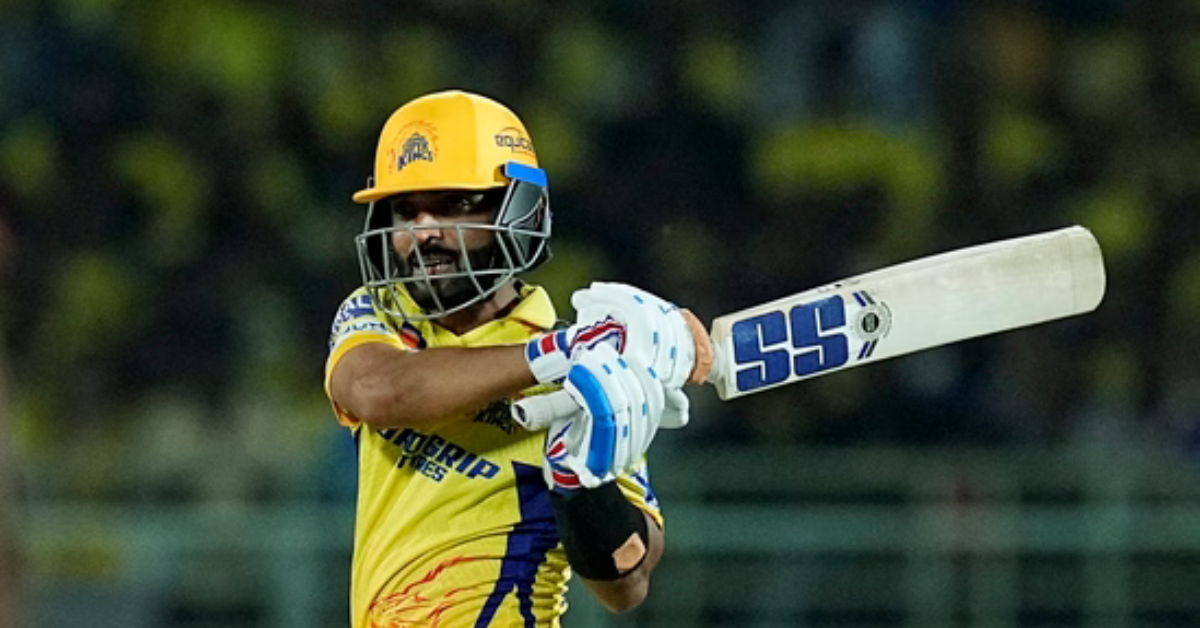The landscape of T20 cricket has transformed significantly over the years, with an emphasis on explosive batting and high strike rates becoming the norm. In this article, we delve into the recent IPL 2024 match between Chennai Super Kings (CSK) and Sunrisers Hyderabad (SRH), focusing on the heavily criticized innings of Ajinkya Rahane, and explore the evolving demands of T20 batting.
Evolution of T20 Batting
T20 cricket has witnessed a paradigm shift in batting approaches, with teams prioritizing aggressive and dynamic batting performances. A strike rate in the 120s, once deemed acceptable, is now considered inadequate, reflecting the evolving standards of the game. Pitches, designed to favor batters, further accentuate the need for quick scoring, making prolonged stays at the crease with low strike rates detrimental to a team’s success.
Analyzing Rahane’s Innings
Ajinkya Rahane, known for his classical batting style, found himself under scrutiny during the IPL 2024 match against SRH. Rahane’s knock of 35 runs off 30 balls drew criticism for its lack of fluency and failure to match the escalating pace of modern T20 cricket. Despite the pitch offering reasonable batting conditions, Rahane struggled to accelerate the scoring rate, contributing to CSK’s modest total of 165/5.
Factors Contributing to Rahane’s Struggle
Rahane’s innings was characterized by sporadic moments of brilliance interspersed with periods of stagnation. While he displayed glimpses of his skill with a few well-timed strokes, Rahane failed to sustain momentum and struggled to rotate the strike effectively. The introduction of spin, particularly Shahbaz Ahmed’s bowling, posed further challenges for Rahane, highlighting his difficulties in adapting to changing bowling conditions.
Impact on Team Performance
CSK’s top-order batsmen, including Rahane, failed to capitalize on the batting-friendly conditions, with only Shivam Dube managing to score fluently. Rahane’s inability to score freely hindered CSK’s progress, contributing to a below-par total and putting pressure on the team’s middle-order to compensate for the slow start. Despite contributions from other players, Rahane’s innings came under scrutiny for its impact on CSK’s overall performance.
The Role of Strike Rate in T20 Cricket
The emphasis on strike rate in T20 cricket has become increasingly significant, with teams prioritizing aggressive batting approaches to maximize run-scoring opportunities. Rahane’s innings, characterized by a strike rate below par by modern standards, exemplifies the evolving demands of T20 batting and the need for adaptability in the face of changing game dynamics.
The IPL 2024 match between CSK and SRH serves as a microcosm of the evolving landscape of T20 cricket, with Ajinkya Rahane’s criticized innings highlighting the shifting demands of batting in the modern game. As T20 cricket continues to evolve, players must adapt their batting approaches to meet the escalating standards of the format, emphasizing the importance of strike rate and dynamic scoring in achieving success on the field.















